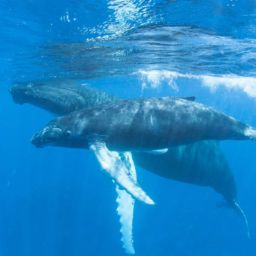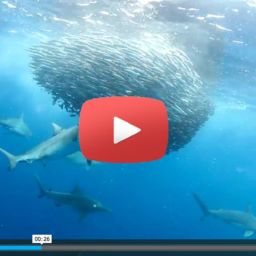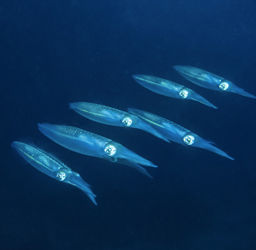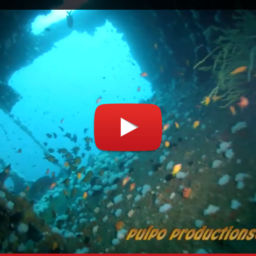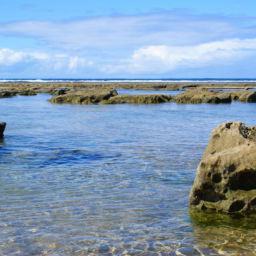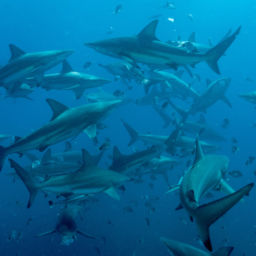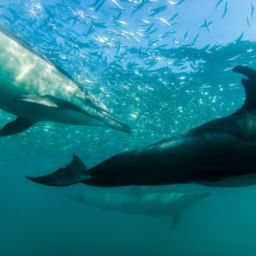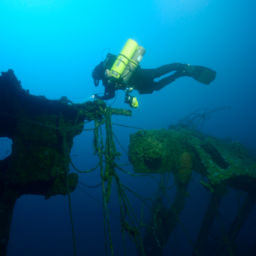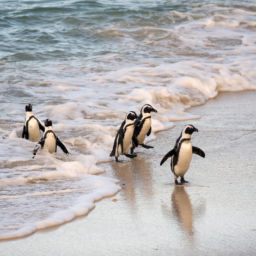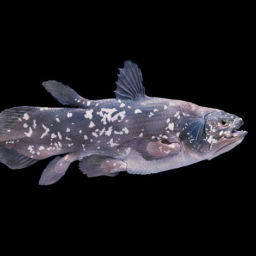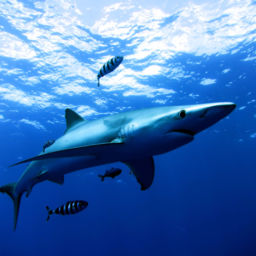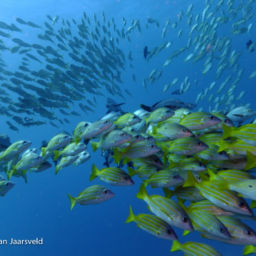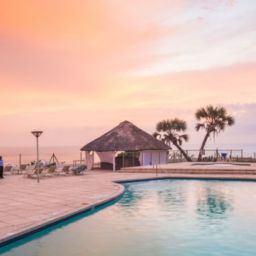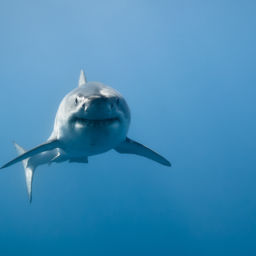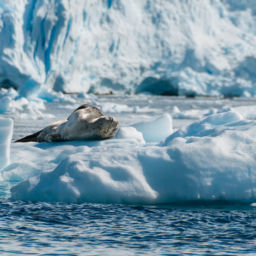South Africa is a country of stark contrasts, from the dramatic setting of Cape Town on the Western Cape to the eastern border with Mozambique. The scenery underwater is just as dramatic here, where the Atlantic and Indian Oceans meet. The convergence feeds vast quantities of life and creates the perfect habitat for sharks. With over 50 species, South Africa is one of the world’s best spots to see these apex predators. Here are our picks for the top five shark dives in South Africa.
Bronze whaler shark
Port Elizabeth, East London and Port St. Johns are all great bases for the world-renowned Sardine Run, perennially listed as one of the top five wildlife spectacles on the planet. Hundreds of dolphins, thousands of diving gannets and penguins, as well as the occasional humpback or Bryde’s whale feast on the tiny sardines. But it’s the golden flash of the bronze whaler that is so impressive. These sharks can attain lengths of 10 feet (3 m) and will punch into the schools of fish, decimating the bait balls time after time. The sardines move fast, so snorkeling is often more realistic than diving since you can jump in quickly to get a look at the action.
Ragged-tooth, tigers, oceanic blacktips and dusky sharks
South of Durban lie the reefs of Protea Banks and Aliwal Shoal. Divers know these shark meccas best for the ragged-toothed (raggies), oceanic blacktips and tiger sharks that gather here in larger numbers than anywhere else in the world. Tiger sharks migrate to the warmer waters of the Eastern Cape during the South African winter and return to temperate waters in the summer. From January to June, divers can encounter these giants on both baited and natural dives.
Oceanic blacktips and dusky sharks have a fearsome reputation due to their curiosity and willingness to approach divers. Divers can see these extremely fast and muscular sharks throughout the year, with massive congregations of over 50 blacktips common on the reefs.
During the winter months, divers visiting Raggie Cave and Cathedral can see ragged-toothed sharks, also known as raggies or sand tigers. Although their jagged teeth, protruding from their mouths, make them appear fearsome, they’ve never been implicated in an attack on a human. These sharks are a biological marvel, producing 20,000 eggs in their lifetime. Diving with these 10 to 13-foot-long (3 to 4 m) lethargic swimmers is a privilege, and divers often find the teeth they’ve shed on the sandy bottom.
Whale shark
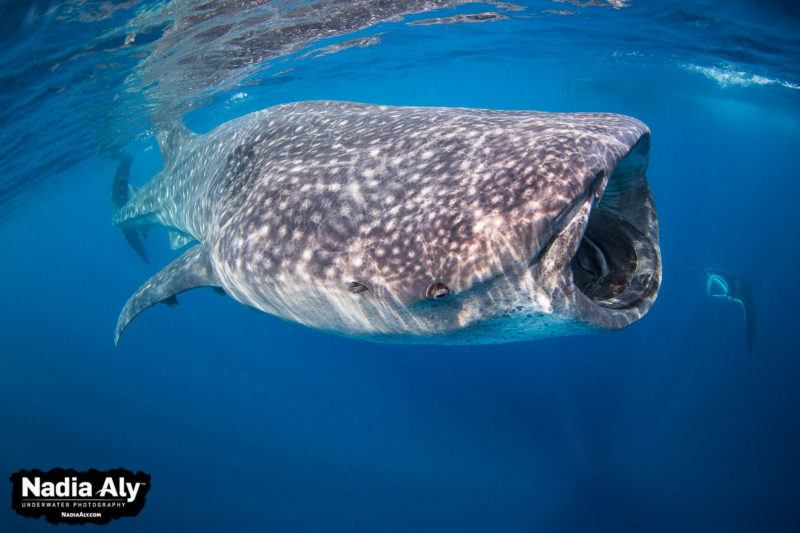 Divers can visit Sodwana Bay, on the northeast border of South Africa, year-round. During the summer, waters here reach 80 F (27 C) while during the winter water temperatures drop to 71 F (22 C). In the summer months when the plankton blooms reach KwaZulu-Natal and Sodwana, whale sharks reaching up to 40 feet long (13 m) frequent the shallow waters. Snorkelers can approach responsibly and divers might also spot them on scuba.
Divers can visit Sodwana Bay, on the northeast border of South Africa, year-round. During the summer, waters here reach 80 F (27 C) while during the winter water temperatures drop to 71 F (22 C). In the summer months when the plankton blooms reach KwaZulu-Natal and Sodwana, whale sharks reaching up to 40 feet long (13 m) frequent the shallow waters. Snorkelers can approach responsibly and divers might also spot them on scuba.
Broadnose sevengill shark
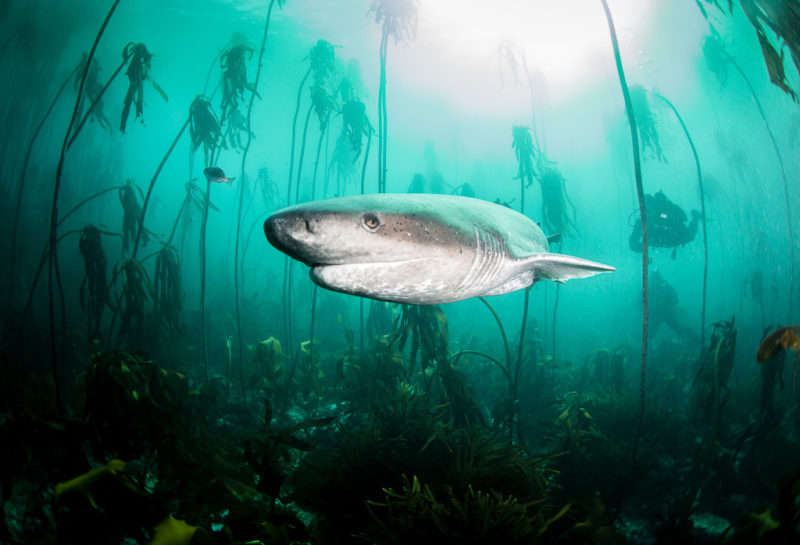 Further south, in the chilly waters (57 F/14 C) off the Western Cape, divers can find the broadnose sevengill shark gliding through the kelp forests of False Bay. Although they’re often solitary, they have been known to congregate in groups of up to 18 individuals.
Further south, in the chilly waters (57 F/14 C) off the Western Cape, divers can find the broadnose sevengill shark gliding through the kelp forests of False Bay. Although they’re often solitary, they have been known to congregate in groups of up to 18 individuals.
False Bay is one of the few places in the world where divers have a high chance of encountering this rarely seen shark. They may also spot a variety of other small shark species, such as the shyshark, pyjama shark and the sharptooth houndshark, also called the spotted gully shark. A thick kelp forest lines the channel, creating this shark’s ideal habitat.
Blue and mako sharks
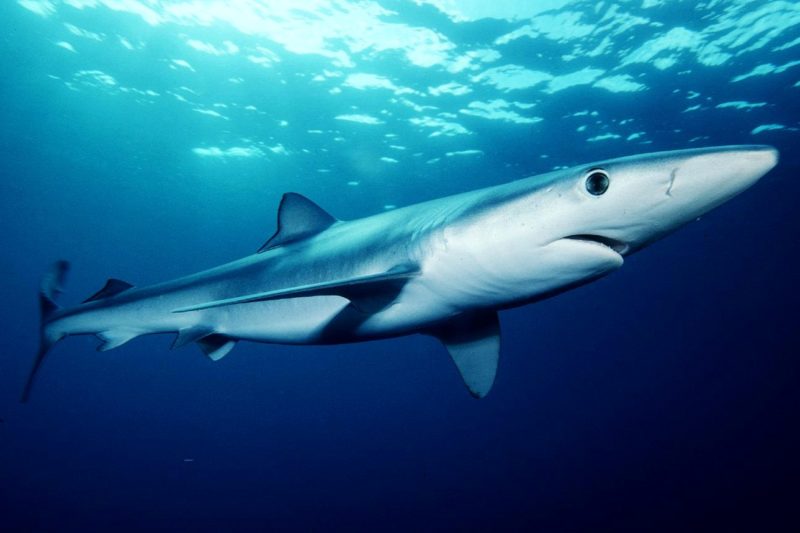
Where the currents diverge, many nautical miles from the southern tip of Africa, divers can see two species of remarkable sharks. From October to July, when the waters are the warmest, blue sharks, with their cobalt bodies and slim features, and metallic gray mako sharks are the highlights of the trip. Diving to a maximum depth of 25 feet (8 m), divers might spot blue sharks, which congregate in numbers up to 40 at a time. Mako sharks lurk on the periphery, ever wary of the divers. Sleek yellow and longfin tuna, along with the chance to spot a mola mola round off this amazing experience.





